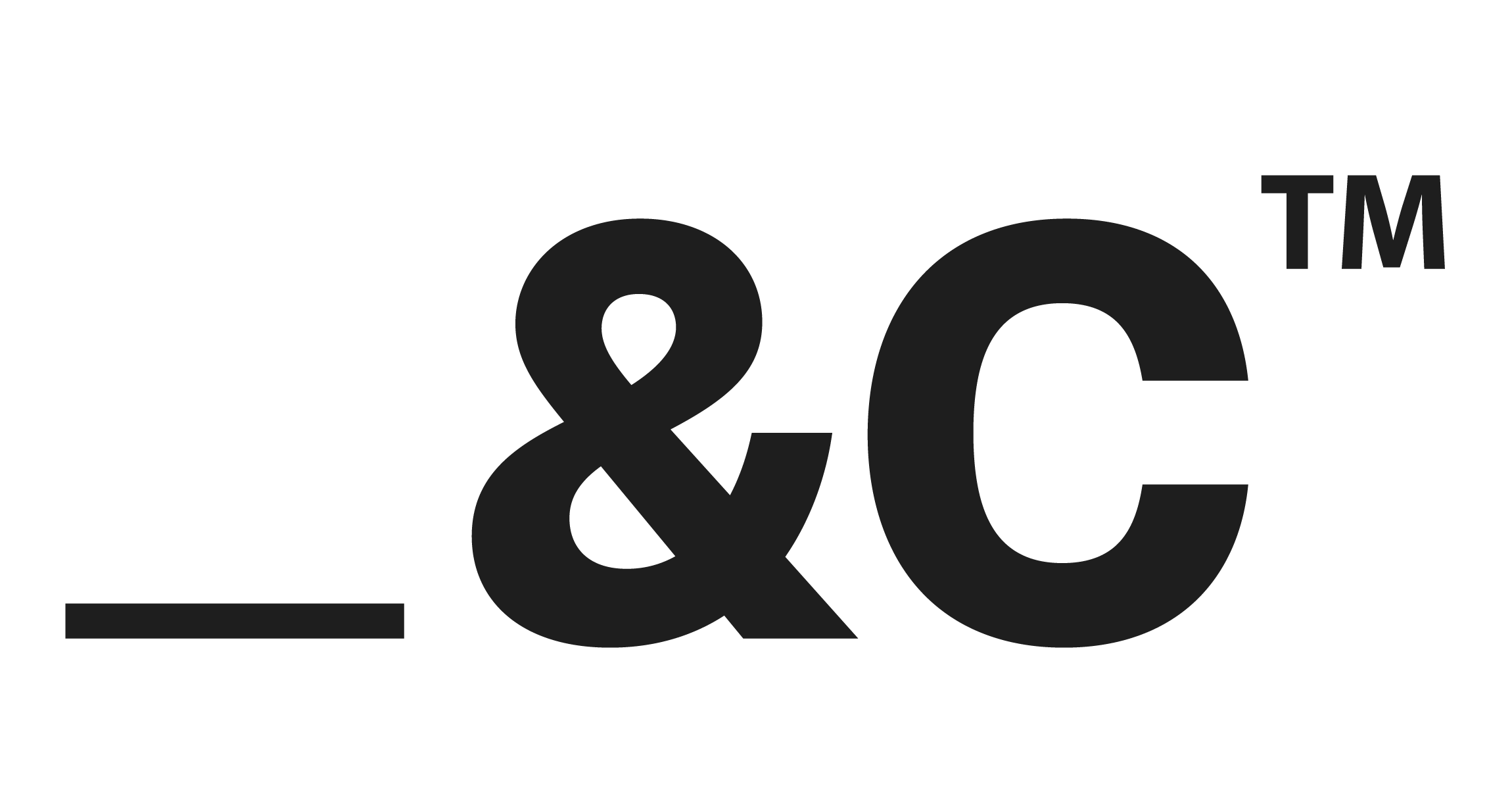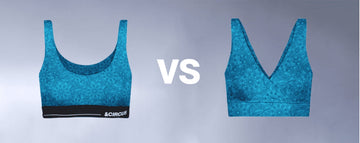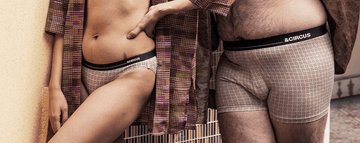Quick Listen:
Imagine pulling on a pair of underwear that molds to your body light, airy, and impeccably comfortable. Now consider that this garment, crafted from organic cotton or bamboo, is designed to decompose naturally, leaving no footprint in a landfill. This isn't a distant dream but the present state of the innerwear industry, where sustainability has evolved from a niche trend into a transformative force. The shift toward eco-friendly materials is reshaping what we wear closest to our skin, merging unparalleled comfort with a deep commitment to environmental stewardship.
The fashion industry, long under scrutiny for its ecological impact, is at a turning point. The innerwear sector, in particular, is witnessing a surge in sustainable innovation, driven by brands like Tailor and Circus. Consumers are the catalyst, demanding products that reflect their values. A 2025 market report reveals that 60% of women's innerwear sales prioritize comfort, while 40% of buyers opt for sustainable options. The intimate apparel market, valued at $178 billion in 2024 and projected to reach $283 billion by 2033 with a 5.3% annual growth rate, is capitalizing on this eco-conscious momentum.
Eco-Friendly Materials Take Center Stage
At the core of this revolution are sustainable fabrics. Organic cotton, celebrated for its softness and low environmental impact, is experiencing a renaissance. The sustainable fabrics market, worth $29.1 billion in 2023, is forecast to soar to $74.8 billion by 2032, growing at a robust 12.5% annually. Bamboo and hemp, once fringe players, are now staples, prized for their breathability and natural antimicrobial properties. Recycled polyester, derived from repurposed plastic bottles, is slashing waste while delivering durability.
Innovation is pushing boundaries further. Biodegradable fabrics are gaining ground, responding to consumer demand for products that don't outlast their utility. A 2024 analysis noted the challenges of developing these materials for undergarments, where skin safety and comfort are non-negotiable. Brands like Wolford are pioneering with lyocell, a biodegradable fiber, while Solstiss, a 140-year-old lace supplier to Givenchy and Valentino, has adapted century-old looms to weave organic cotton. These advancements mark a pivotal shift toward sustainability without compromising craftsmanship.
Tailor and Circus: Pioneering Conscious Craftsmanship
Tailor and Circus exemplifies this new era. The brand's mission is bold yet straightforward: design inclusive underwear that fits all bodies while minimizing ecological harm. Using organic cotton and biodegradable fibers, they produce bras and briefs that feel indulgent yet leave a minimal environmental trace. Their embrace of circular fashion creating products that can be recycled or repurposed sets a new standard for waste reduction.
They're not alone in this pursuit. The women's underwear market, valued at $40.7 billion in 2024 and projected to hit $82.36 billion by 2033 with an 8.6% growth rate, is seeing a boom in eco-friendly lines. Knitted underwear, crafted from materials like modal and elastane, is expected to reach $6.51 billion by 2033, fueled by demand for sustainable comfort. These brands are redefining green fashion, offering everything from lace-edged organic cotton bras to hemp-based, moisture-wicking briefs.
Consumer enthusiasm is palpable. A 2025 report highlights that 40% of intimate apparel purchases occur online, with 30% of buyers gravitating toward loungewear and sustainable options. Comfort remains king 65% of shoppers prioritize it but sustainability is a close contender. This shift reflects a deeper alignment with environmental values, with consumers willing to invest in brands that share their ethos.
Navigating the Challenges of Sustainability
The journey to a greener innerwear industry isn't without obstacles. Sourcing sustainable materials that balance quality, cost, and scalability is a formidable challenge. Global supply chains, often sprawling and opaque, complicate efforts to ensure ethical practices at every stage. A 2020 study revealed that self-directed efforts by major companies to reform textile supply chains were largely ineffective, highlighting the need for systemic solutions. Policies like eco-tariffs and standardized certifications, proposed in a 2019 UK Parliament report, could drive change but remain underdeveloped.
Cost is another sticking point. Sustainable fabrics often carry a premium, straining budgets for both manufacturers and consumers. The 2019 UK report suggested reducing taxes on repair services to promote product longevity, but applying this to production is complex. Smaller brands like Tailor and Circus face an uphill battle against fast-fashion giants, where the upfront investment in eco-friendly materials can be daunting.
Educating consumers poses its own challenge. Many shoppers remain unaware of the differences between sustainable and conventional fabrics or why they matter. Brands must articulate the value of a $30 organic cotton bra over a $10 synthetic alternative, a task that requires time and persistence. Yet, as environmental awareness grows, this gap is narrowing.
Seizing Opportunities in a Competitive Landscape
Despite these hurdles, the rewards are substantial. Sustainability is a potent differentiator in the saturated innerwear market, fostering fierce brand loyalty. With 40% of consumers prioritizing eco-friendly products, brands like Tailor and Circus are cultivating devoted followings by blending style, inclusivity, and green practices.
Long-term cost savings are another draw. By minimizing waste and optimizing operations, brands can reduce expenses while appealing to eco-conscious shoppers. Government incentives, such as subsidies for sustainable practices, add further appeal. The 2019 UK Parliament report endorsed eco-tariffs and certifications, which could create a more equitable market for brands investing in green technologies.
The rise of e-commerce is a game-changer. With 40% of intimate apparel sales occurring online, brands can connect with global audiences without the burden of physical retail. This digital shift amplifies the reach of sustainable brands, making it easier for consumers to discover and support them.
A Vision for a Sustainable Future
Industry experts are bullish on the future. The sustainable fabrics market is primed for exponential growth, propelled by innovation and consumer demand. Lab-grown fabrics, which demand less water and energy than traditional textiles, are emerging as a promising frontier. Circular fashion, where products are designed for reuse, is gaining traction, with Tailor and Circus at the forefront.
For brands aiming to lead, the strategy is clear: invest in cutting-edge technologies, build strategic partnerships, and prioritize transparency. Consumers crave insight into the origins and production of their clothing. Certifications like organic cotton standards or biodegradable fabric labels can bolster trust and credibility.
Slipping into a pair of bamboo underwear, I'm reminded of the industry's remarkable progress. Once a footnote in the sustainability dialogue, innerwear is now a vanguard, proving that comfort, style, and responsibility can coexist. In a world where every decision counts, this is a movement worth embracing one stitch at a time.
Disclaimer: The above helpful resources content contains personal opinions and experiences. The information provided is for general knowledge and does not constitute professional advice.
You may also be interested in: andCircus - Underwear for Men, Women, Bras Maternity Innerwear
Uncomfortable underwear shouldn't steal your confidence. At Andcircus, we craft ultra-soft, sustainable Lenzing Modal Micro innerwear for every body, XS to 5XL. From briefs to bras our custom packs fit you perfectly. Shop risk-free with our 100% satisfaction guarantee and embrace comfort that includes everyone. #LoveEveryBody. Shop Now!







































